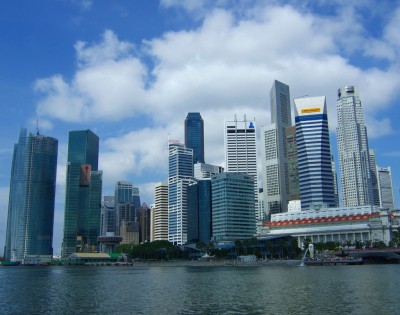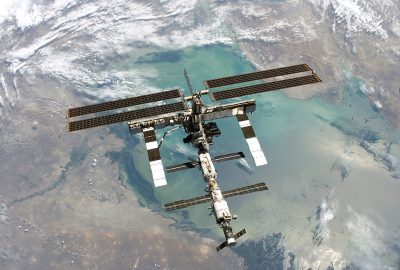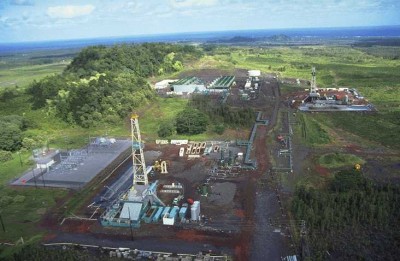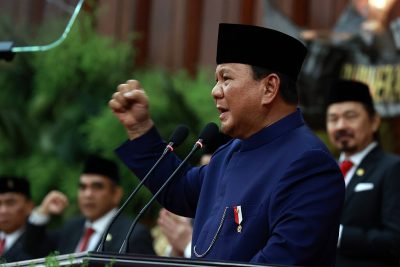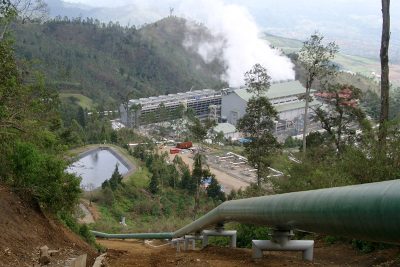Australia: Renewable energy targets under pressure because of drop in prices
The accelerating slump in the price of renewable energy certificates is putting pressure on the federal government to review the structure of the system that supports its renewable energy target.
Discussed recently in Australia, “The accelerating slump in the price of renewable energy certificates is putting pressure on the federal government to review the structure of the system that supports its renewable energy target.
The price of certificates fell more than 15 per cent last week to $28, its lowest in almost three years, extending a steady slide since reaching a peak of $51 in May and taking the fall since the renewable energy target legislation was passed in August to 30 per cent.
Certificates, each representing 1MW hour of renewable energy produced, are the currency generated by the renewable energy target scheme and are supposed to bridge the gap between the price of coal and gas-fired energy and renewables.
But the market is being swamped by certificates generated by domestic solar hot water and heat pump systems, and some industry analysts say if this continues it could last for several years and may cause the delay or cancellation of wind power and other renewable projects because the price signal will simply not be strong enough to make the projects viable.
And the industry is calling for annual targets to be adjusted and take into account the anticipated flood of phantom certificates created by the multiple credits allowed for household solar systems.
But there is a view in the industry that some government bureaucrats are happy with the present situation because they do not believe the target, which calls for the production of 45,000GW hours of renewable energy by 2020, can be met by renewable energy sources alone and are happy for the heat technology to fill the gap.
The market slump might suit energy retailers such as Origin, AGL and TRUenergy, which need to either buy certificates to meet target obligations, or who are less affected by the market because they source their supply of certificates from their own wind farm developments.
In geothermal, there is 10,000MW of capacity as well as a similar amount in the pipeline. Australia is expected to bring just 1Mw of capacity into production next year, adding to the tiny facility that has been operating at Birdsville since 1992.
Australia does have the opportunity to be a world leader in developing enhanced geothermal systems, tapping hotter rocks that lie deep underground, but the drip-feed nature of government funding, particularly in regards to drilling, means progress in this and in developing more conventional geothermal energy sources in deep-lying aquifers is slow, and there are now concerns that further delays will impede the country’s ability to develop its expected 2000MW of geothermal capacity by 2020.”
Source: The Australian
